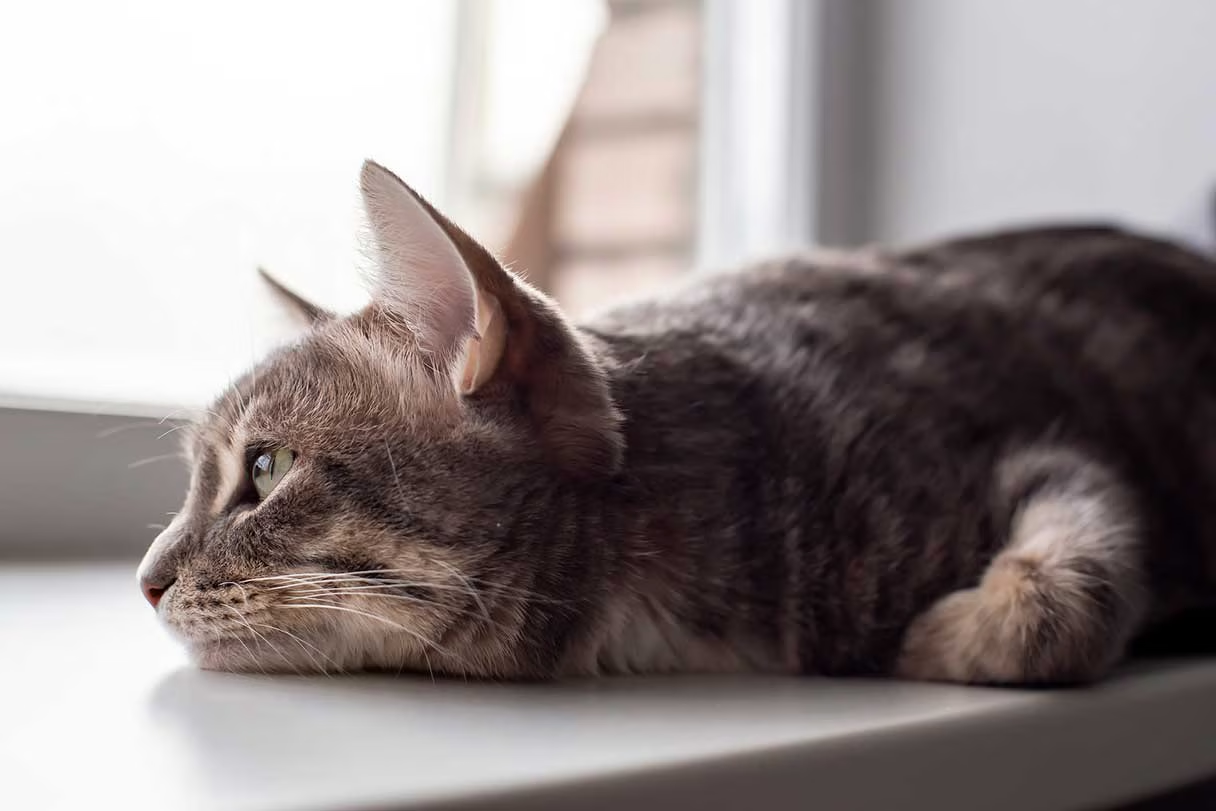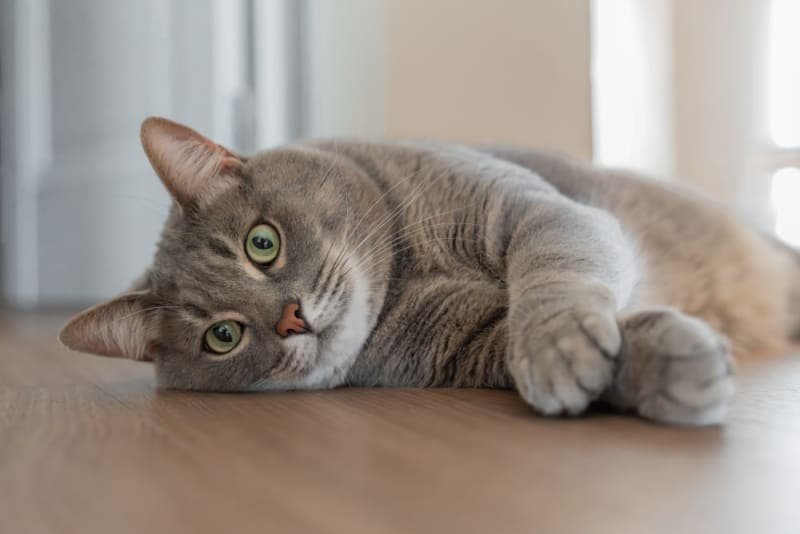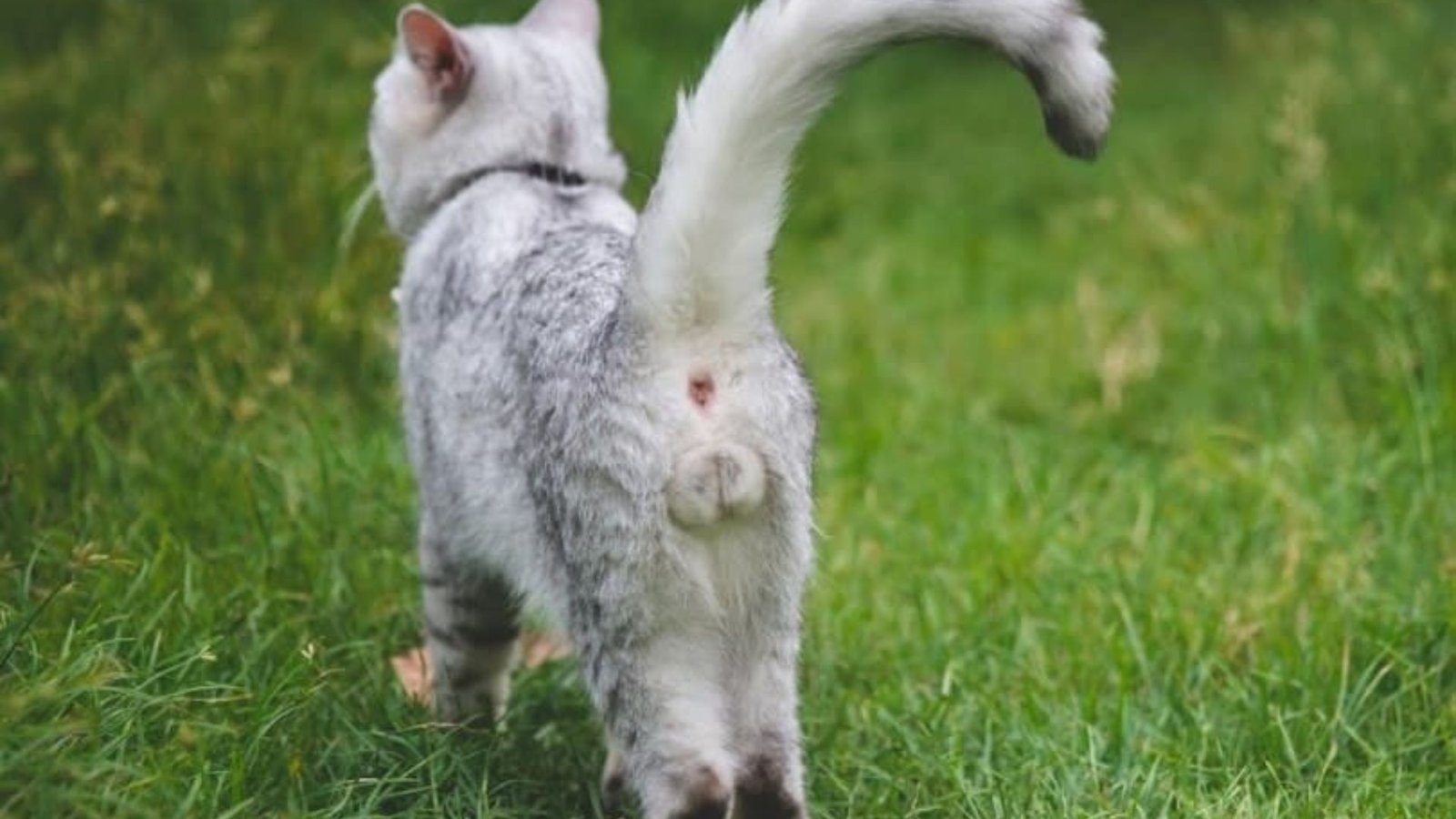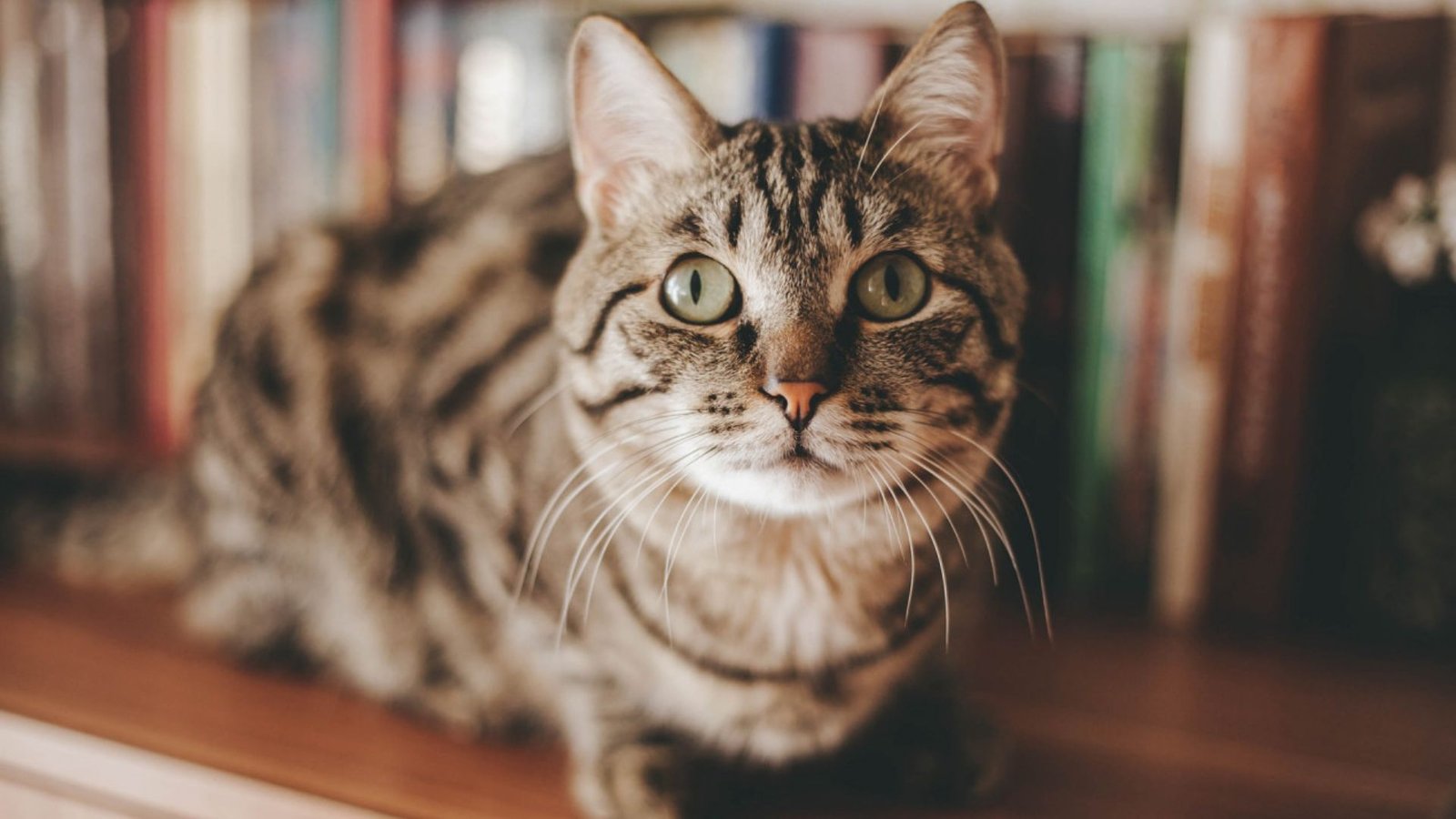As a cat owner, it’s essential to know how to recognize signs of illness in male cats. Cats are known for hiding their discomfort, making it challenging to detect health issues early on. Being observant and understanding your cat’s normal behavior can help you spot any changes that may indicate a problem. In this article, we’ll share various signs to look for, ensuring you can keep your male cat healthy and happy.
1. Changes in Appetite
One of the first signs of illness in male cats is a change in appetite. If your cat suddenly stops eating or shows less interest in food, it could be a cause for concern. Conversely, increased appetite can also signal health issues, such as diabetes or hyperthyroidism. Keep an eye on your cat’s eating habits and consult a veterinarian if you notice any significant changes.

Exciting Online Gaming with Stellar Spins
For those looking to add some thrill to their free time, stellar spins real money online pokies offer a fun and engaging way to play and win from anywhere.
2. Weight Loss or Gain
Along with appetite changes, noticeable weight loss or gain can indicate illness. If you notice your male cat losing weight despite eating well, this could suggest underlying health problems like dental issues or gastrointestinal disorders. On the other hand, rapid weight gain may indicate a sedentary lifestyle or hormonal imbalances. Monitoring your cat’s weight regularly is crucial in recognizing signs of illness in male cats.
Luxury Timepieces and Digital Diversions
PPWatchSale.com offers a selection of fine watches, and for those interested in online leisure, exploring online casino games can provide a different form of entertainment. Just as a quality watch offers precision, online games offer a different kind of engaging experience.
3. Lethargy and Weakness
If your male cat is less active than usual, this could be another sign of illness. Lethargy and weakness can be symptoms of various health issues, including infections, pain, or organ dysfunction. Observe your cat’s energy levels and activity. If they seem unusually tired or are not engaging in their normal playtime, it may be time to consult a veterinarian.
4. Changes in Grooming Habits
Cats are known for their grooming behavior, and any changes in this routine can indicate a health issue. If your male cat is suddenly grooming excessively or not grooming at all, it may be a sign of stress, pain, or illness. Pay attention to areas of matting or unkempt fur, as these can signal that your cat is not feeling well.
5. Altered Bathroom Habits
Monitoring your male cat’s bathroom habits is essential in recognizing signs of illness. If your cat is urinating more frequently, straining to urinate, or having accidents outside the litter box, it could indicate urinary tract infections, bladder stones, or other serious conditions. On the other hand, if your cat is not defecating as usual or experiencing diarrhea, these could also be signs of illness. Keep track of any changes and consult your vet if you notice anything unusual.
6. Vomiting and Diarrhea
Occasional vomiting or diarrhea may not be alarming, but frequent occurrences can indicate serious health problems. If your male cat is vomiting multiple times a week or has ongoing diarrhea, it is essential to seek veterinary care. These symptoms could suggest dietary issues, infections, or other underlying health conditions that require attention.
7. Behavioral Changes
Cats are creatures of habit, and any sudden behavioral changes can signal illness. If your male cat becomes more aggressive, withdrawn, or anxious, it may be experiencing discomfort or pain. Additionally, if your cat is vocalizing more than usual or exhibiting signs of confusion, these could be indicators of health problems. Observing your cat’s behavior can help you identify potential issues early.
8. Respiratory Issues
Changes in breathing patterns can be a sign of illness in male cats. If you notice your cat coughing, wheezing, or having difficulty breathing, it is crucial to seek veterinary attention immediately. Respiratory issues can stem from allergies, infections, or more severe conditions like asthma or heart disease.
9. Oral Health Problems
Maintaining good oral health is vital for your male cat. If you notice bad breath, swollen gums, or difficulty eating, these could be signs of dental disease or other oral health issues. Regular dental check-ups and monitoring your cat’s mouth can help you catch problems early.
10. Unusual Lumps or Bumps
Finally, regularly checking your male cat for any unusual lumps or bumps is essential. These growths can sometimes indicate serious health conditions, including tumors or abscesses. If you find any new lumps or if existing lumps change in size, it is essential to consult your veterinarian for further evaluation.
Conclusion
In conclusion, knowing how to recognize signs of illness in male cats is crucial for any cat owner. By monitoring changes in your cat’s behavior, appetite, grooming habits, and overall health, you can catch potential problems early. If you notice any concerning signs, don’t hesitate to reach out to your veterinarian. Keeping your male cat healthy and happy is the ultimate goal, and being vigilant can make all the difference.
Discover Top Casino Payouts
Koontyme keeps you informed with the latest updates and trends. If you’re looking for top gaming rewards, explore https://www.kiwicasinos.io/best-payout-casinos/ and enjoy exciting opportunities to win big. Stay updated and play smart!




